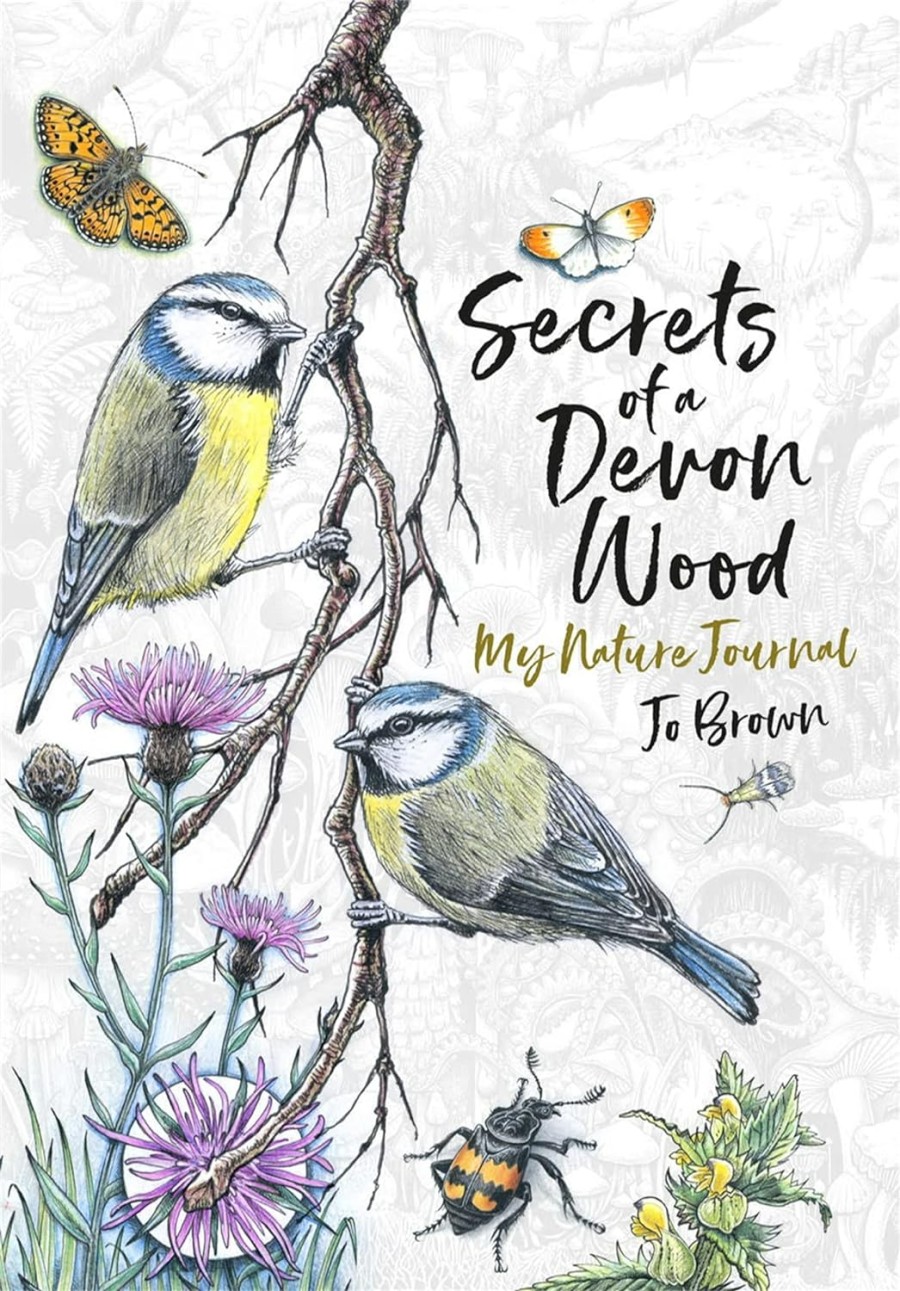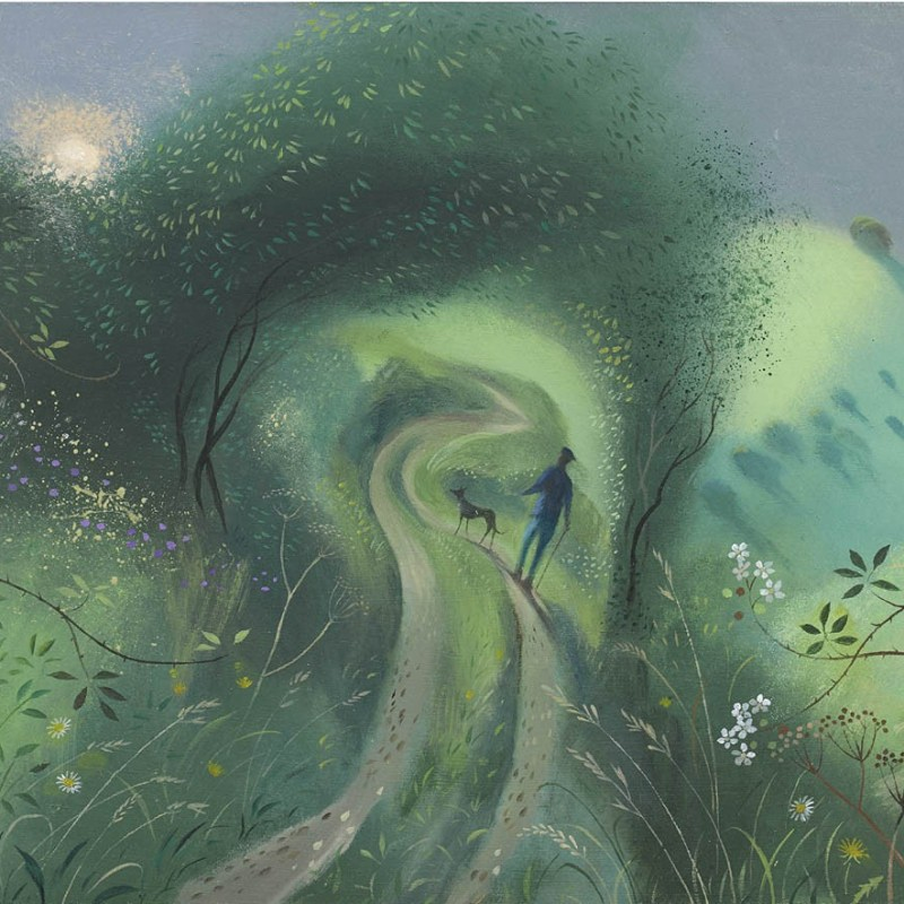London in the Wild (exploring nature in the city)

London in the Wild is a guide to a city teeming with over 15,000 species of flora, fungi and fauna (marsh frogs, hedgehogs, short-eared owls, dragonflies, foxes, stag beetles and pigeons!) You’ll even learn about the day-to-day life of a London tube mouse! London also has over 800km of surface railway lines, which provide habitats and food for wildlife.
Read our posts on birds and native wildlife (plus how to help your local wildlife rescue).
Reducing light pollution (especially in glass buildings) can help stop birds flying into windows.
Only cut and prune vegetation from September to February, outside of breeding periods. This is to help nesting birds that are protected by law (it’s a crime to harm a nest).
- Local wildlife rescues or rehabilitators
- London Wildlife Protection (for birds) and Moonstone Rescue (for all creatures)
- Report wildlife crime to the National Wildlife Crime Unit (or anonymously at Crimestoppers).
About London Wildlife Trust
London Wildlife Trust has over 1000 volunteers who manage 36 free-to-access nature reserves (you can get married there, with profits helping local creatures). It’s also helping to transform London’s 3 million gardens into mini-nature reserves.
Record your sightings to help them monitor welfare and numbers of:
- Deer
- Dragonflies and damselflies
- Hedgehogs
- Owls and kestrels
- Glow worms
- Stag beetles
- Water voles
Ring-necked parakeets live wild in London, due to escaping from the pet industry. Native to Africa and southern Asia, they nest in tree holes in gardens and parks, and can roost in noisy flocks, eating nuts, seeds, berries and fruits.






